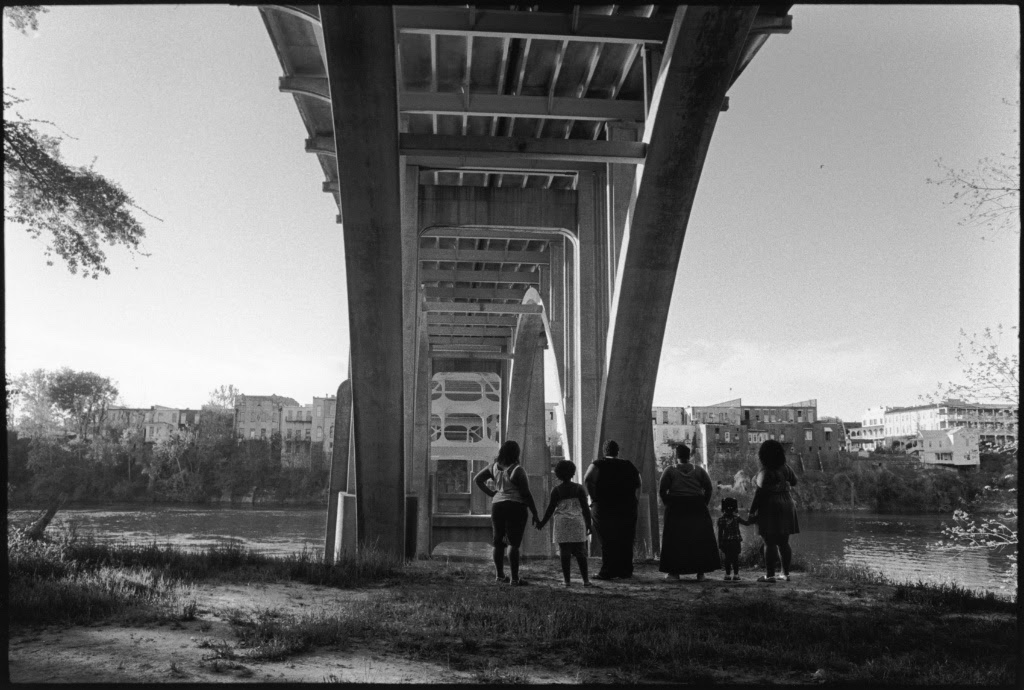
© Roman Alokhin: Queen Selma.
Expositions du 10/12/2015 au 10/4/2016 Terminé
Scott Edwards Gallery 2101 Decatur Frenchmen Street États-Unis
Scott Edwards Gallery is pleased to present Roman Alokhin: Queen Selma. This exhibition contains 27 black and white limited edition 16x20 gelatin silver prints taken between 2008 (Obama’s election) and 2015 (50th Anniversary of the Bloody Sunday March of 1965) in Selma, Alabama.Scott Edwards Gallery 2101 Decatur Frenchmen Street États-Unis
Selma, Alabama was known as the Queen City of the Black Belt in the days of cotton plantations. Its history spans from the Civil War (Battle of Selma) to Civil Rights (Bloody Sunday of 1965). Selma is not only historically relevant, but also a wonderful representation of America's deep south. The town is quiet, stately and beautiful. No interstates run through Selma, so it feels somewhat isolated and preserved. The Spanish moss on the live oak trees in the old cemetery, the family-owned stores, the slow pace, and the politeness of its citizens’ interactions gives one a sense of old Southern charm. Visitors are taken back in time to when there were few cars on the streets and architecture was still driven by aesthetics, not just efficiency.
.jpg)
© Roman Alokhin: Queen Selma.
Artist’s Statement
I moved to Selma in 2008 to undertake a photographic documentary about modern-day Selma and its residents. I chose that time frame intentionally because Barack Obama was running for president, and it was clear that the events that transpired in Selma in 1965 had a direct connection to his campaign.
As I was getting to know the town and its people, though, I could not ignore the decay and abandonment in some of the town’s classic downtown buildings. Since the closure of Craig Air Force Base in 1977, Selma’s economy has taken a negative turn. Lack of jobs and Selma’s relative isolation had caused the younger generations to leave town and seek opportunities elsewhere. Selma's economic fragility gave me another reason to pursue this project.
After spending a year in Selma, I continued to travel there. I also visited nearby towns and rural communities that had contributed to Selma's prosperity during the cotton days and helped highlight that prosperity during the Civil Rights era.


